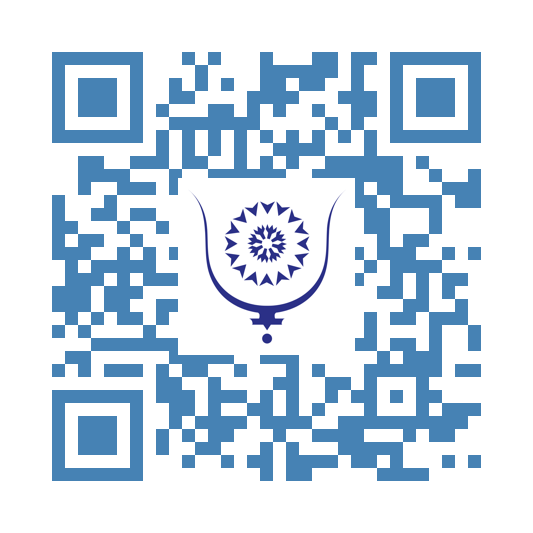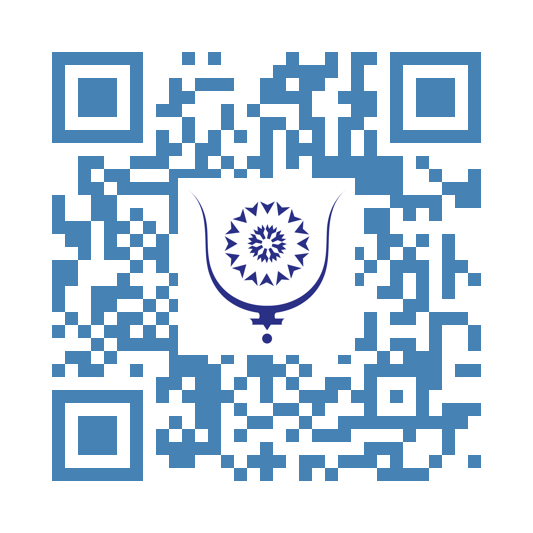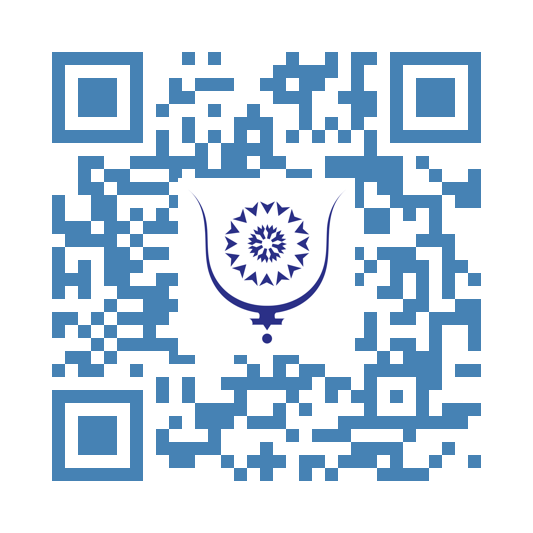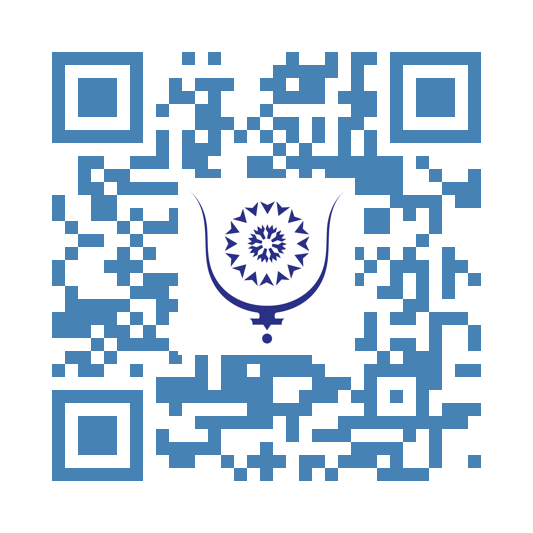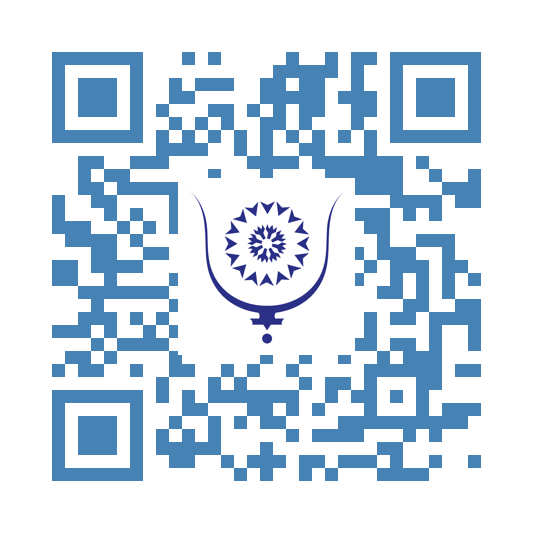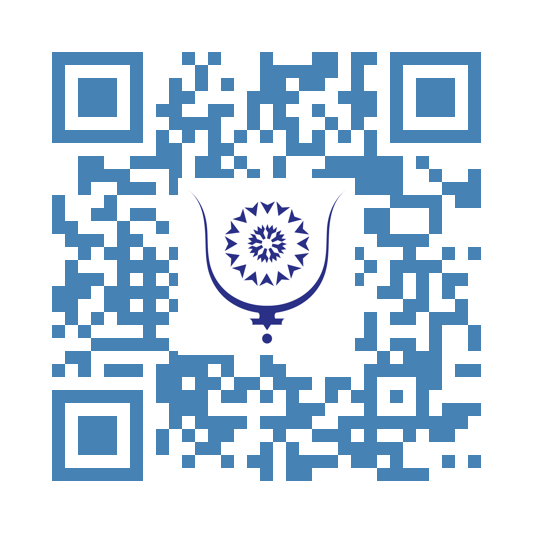Travel diary #5: Indonesia 10721
The flight from Brisbane to Denpasar, Indonesia, was a piece of cake compared to the previous leg of our journey. We did not complain. We spent just one night in the Kuta region on the island of Bali before taking a ferry to the small island of Nusa Penida, where we planned to stay for a week.
Our research didn’t mislead us, it is indeed a lovely little island, though slightly more expensive than Bali. While walking along a road, we passed a tiny shop advertising tourist activities like snorkelling, sightseeing tours, and scooter rentals. This led to a delightful encounter with a local entrepreneur offering his services. We booked a family scooter for the next day, a tour of the eastern part of the island, and a boat excursion with snorkelling. The latter turned out to be one of the most memorable moments of the trip: swimming in the ocean near a cliff, amidst meter-high swells, and, to top it all off, witnessing a dozen manta rays dancing before our eyes, a few meters under us.
As I mentioned in the previous post, it is the rainy season here. However, none of our activities were spoiled by the weather. It rained occasionally, sometimes light drizzles, other times heavy downpours, but we always found time to explore beaches, cliffs, or take scooter rides.
We visited Crystal Bay, which was supposedly one of the must see beaches. In my opinion, it wasn’t worth it. The beach was dirty, and the area behind it was crowded with shops and warungs (small, cheap restaurants/stores), ruining the scenery. If you only focus on the ocean and the rocks though, it’s undeniably beautiful. This wasn’t the only spot where enjoying the view required overlooking trash or tourist oriented constructions (swings, wooden nests, hearts, sculpted benches, etc.) meant for artificial and exaggerated social network photographs. It’s a pity.
Fortunately, not all places were affected. One morning, we discussed our plans with the receptionist, who suggested a slightly off-the-beaten-path destination worth a small detour: Tembeling Beach. We visited Broken Beach first, as planned. For the second stop, the final stretch of the journey turned into a dirt road with steep inclines: off-road scootering! We finished on foot, descending stairs for about 15 minutes. What a sight! A hidden beach nestled between cliffs, with rocks forming a freshwater pool at the end of a river. The pool was semi-natural, with visible pipes directing the river water into the pool and some rock reinforcements. This spot was stunning, and we encountered only a handful of other visitors.
Then came Christmas Eve, one of our last days on Nusa Penida. For the first time in a long while, we decided to do nothing at all. Every now and then, it feels good. We spent the day planning the next steps of our trip, playing games, watching a movie, swimming in the pool, and enjoying dinner at a cliffside restaurant with a fabulous sunset.
We had planned to visit Lombok next, but after talking with locals, always a great source of advice, we changed our plans. They told us that skipping Bali would mean missing out on a significant part of the culture. Lombok, they said, offered mostly the same activities as Nusa Penida (beaches, cliffs, hikes, and diving) just on a larger scale.
So, we took the same ferry back to Bali and booked a guesthouse for six days in Ubud. It was a beautiful homestay set back from the main road. The taxi couldn’t take us all the way, so we walked down an alley, along a small rice field on a paved path, until we reached a house composed of several buildings. The rooms were private, and the bathrooms were adorned with intricate moldings. The complimentary breakfasts were so substantial that we barely ate lunch throughout our stay.
One day was enough to explore the city’s main attractions on foot: temples, shops, markets, etc. On the following days, we rented scooters to visit the surrounding areas, including rice fields, the Sangeh Monkey Forest, waterfalls, and temples. In the days leading up to New Year’s, the city was bustling with tourists, but traffic eased up afterward, making scooter rides more enjoyable. Riding a family scooter remains one of my favorite activities, regardless of conditions (traffic or rain).
The next stop on our journey was another guesthouse, this time in Munduk, near Mount Batukaru. That’s precisely why we went there, we planned a day hike to and from the summit. There were several starting points, and online we found a trail of about 5.5 hours leading to the peak. It didn’t disappoint! It was one of the most challenging hikes of my life, just over 3 km one way with a 1,100 meter elevation gain. The rest of the family stopped a little over halfway, but my pride pushed me to the summit. I left the picnic and water behind, taking only my poncho in case of heavy rain. I eventually caught up with them just before they reached the starting point. The view from the top was quite beautiful but partially obscured. While the photos weren’t exceptional, that wasn’t the point of my climb. It had been a long time since I’d pushed myself to my physical limits, and it felt great!
We ended our trip with a few days in southern Tanah Lot. The temple is stunning, but like many tourist attractions, it’s marred by superficial tourist artifacts. We stayed in a hotel that was not more than ten-minute walk from the ocean, in the Canggu area. It was a stark change of scenery, full of gyms and trendy restaurants catering to a certain type of tourism that didn’t suit us.
I don’t want to end on a negative note, though. Our stay in Nusa Penida and Bali was an incredibly enriching experience. We met many wonderful locals and had engaging conversations. The landscapes were breathtaking, as long as we ventured beyond the trendy tourist spots and ignored some artifacts.
There won’t be another destination for a few months at least, as we are now back home. This marks the end of our family adventure but far from the end of our travels!


